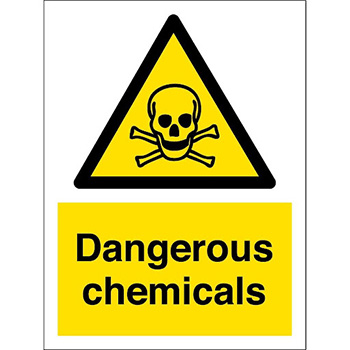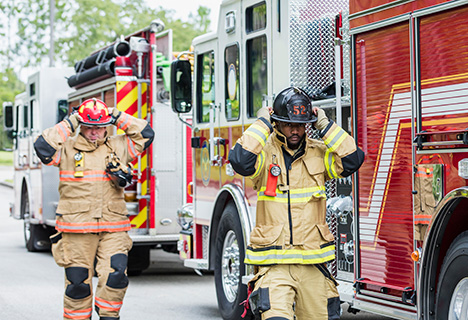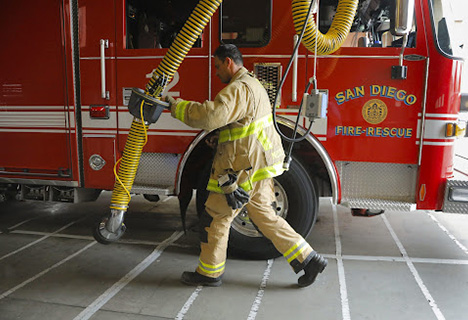Be Aware of Exposure Risks
According to the Firefighters Cancer Support Network, firefighters have a nine percent higher chance of being diagnosed with cancer and a 14 percent higher chance of dying from cancer than the regular U.S. population. Firefighters can be exposed to harmful, cancer causing chemicals while on the scene of a fire and back at their fire department as well.
To better protect your fellow firefighters and fire emergency responders, it’s essential to be aware of cancer causing exposure risks while on the job so actions can be taken to mitigate, or hopefully eliminate, those risks.

Firefighter Cancer Statistics
At a base level, cancer is damaged DNA that causes the body’s cells to multiply without control and invade other tissues. This can result in a mass of cells or tumor development that can be non-spreading, benign (non-cancerous), or malignant (cancerous).
Because firefighters are regularly exposed to carcinogenic and harmful chemical particulates, they have an increased risk of developing cancer. Some of the most common types of cancer firefighters contract include:
- Melanoma
- Lung Cancer
- Mesothelioma
- Testicular Cancer
- Prostate Cancer
January has now been designated as Firefighter Cancer Awareness Month by the IAFF, in association with the Firefighter Cancer Support Network (FCSN) in an effort to increase cancer prevention methods. According to the IAFF, Firefighter occupational cancer is the leading cause of line-of-duty deaths and at the 2022 IAFF Fallen Firefighter Memorial, approximately 75% of names added to the tribute wall (348 of 469) were firefighters who died from occupational cancer.
What Causes Firefighter Cancer?
Cancer in firefighters is caused by exposure to harmful chemicals and particulates from fire truck exhaust, soot, and smoke caused from burning materials. The particulates in exhaust, soot, and smoke can be absorbed through any exposed skin, stick to PPE gear, and be breathed into the lungs if not wearing a properly fitting mask.
One major exposure risk for firefighters is exhaust from firetrucks and emergency vehicles either at the scene of a fire or while the truck is running at the station. While some stations may have exhaust filtration hoses installed, there is no extra protection while on the scene of a fire, where exposure is highly increased. Ward Fire Equipment’s sister company, Ward Diesel Filter Systems specializes in NO SMOKE apparatus mounted, exhaust filtration systems that automatically filters vehicle exhaust when idling or running to eliminate harmful particulates.
How to Reduce Firefighter Exposure to Cancer Causing Particulates
Proper safety and decontamination practices need to be at the center of a fire department’s training processes. Safety and exposure reduction processes need to be implemented at the fire department, during an on-scene fire response, and immediately after a fire is eliminated.
One of the easiest ways firefighters can best protect themselves from exposure is wearing full, properly fitting protective gear. Remember, smoke and other particulates can be absorbed through any exposed skin. The next step is to decontaminate exposed clothing, protective gear, or individuals as soon as possible. The longer chemicals stay on your skin, gear, or clothing the more at risk you are.
Firefighters have an increased risk of developing a range of different cancers due to their continuous exposure to harmful chemicals while in the line of duty. In order to better protect and equip fire departments, we need to have a better understanding of exposure risks both at the station and on-scene.
In addition to his leadership role at Ward Fire Equipment,
John May has more than 30 years of experience in the Fire Service. John is a Level I & II Fire instructor in the State of NY.



